SEARCH






|
|
|
|


by Editor Lourens Durand
Edited and published by Yvette Depaepe, the 27th of January 2023
'Gold' by Sergey Parishkov
Contrapposto, an Italian word suggesting counterpoise, opposites or contrasting, is the name given to a sculptural pose developed by the Ancient Greeks in the 5th century BC in a move away from the standard square-on depiction of the human body at the time.
It describes the stance in which the subject’s weight is shifted onto one leg, freeing the other to bend at the knee, introducing a twist to the hips and shoulders, and represents a more natural and dynamic portrayal of the human body.
After disappearing into the gloom during the Dark Ages, contrapposto was brought to light again with the arrival of the Italian Renaissance and is typified by Michaelangelo’s David, in which the placing of the weight onto one leg forces the hips and shoulders to tilt, giving a pleasing S-shape to the figure, reinforcing its balance and suggesting drama and movement. Nowadays, most photography courses use contrapposto and the S-curve as the foundation for posing models in portrait, glamour, fashion and wedding photography.
In a nutshell: “Just as the feet begin the pose, the legs transfer the posing energy to the hips. In turn, the hips set the angle for the torso, defining the spine angle and establishing the head tilt potential. Depending on the flexibility of the torso, the posing of the mid-body sets up how relaxed or tense the shoulders and neck appear.” (Glenn Rand and Tim Meyer, in The Portrait, 2nd Edition)
It sets the base and allows for small refinements in the neck, head tilt, arms, hands and eyes to provide the extra impact. Even in setting the base there are nuances: more weight on the back leg may yield a softer, more feminine feel; on the front leg the effect may be more aggressive, dramatic and powerful. If the base is properly set the effect will persist even if the photo is cropped.
Shifting of weight combined with a conscious rotating of the collarbone toward the camera can create a naturally relaxed look. Raising the near shoulder can imply flirting, whilst dropping it can suggest sternness.
The subject’s arms are also important in maintaining the overall S-curve or hourglass shape. For example, if the arms are facing downwards, it is important that the elbows are slightly bent so that there is a gap between them and the waist, else the shaping effect is lost. Symmetrical shaping of the arms (as in both hands on hips or above the head) is often effective but, taking the concept of contrapposto a little further, posing the arms asymmetrically (one hand on the hip, the other stroking the hair) can give a wonderful sense of visual balance, movement, sensuality or drama, as in Michaelangelo’s David.
It is important, however, to avoid 90-degree angles anywhere in the arms or legs. An exception is in the case of the subject purposely posing with crossed arms to project hostility, defensiveness or defiance.
Another feature of sculptures from the Italian Renaissance (and later) is the depiction of soft, beautiful hands.
In photography hands need to be doing something natural to prevent them looking clumsy and out of place and yet contribute to the overall posing intent.
Some examples:
Touching the hair or face softly
Playing with cuffs or sleeves
Holding a jacket over one shoulder
Playing a musical instrument
Playing with props
Moving slowly, softly and smoothly between shots, almost dancing, using the hands to emulate those of ballet dancers.
And lastly: subtle posing nuances like the tilt of the head, the chin slightly forward and down, smiling eyes and a fitting expression finish off the picture.
Please enjoy the selection of photos from 1X.com photographers that I hope reflect the boundless opportunities in contrapposto posing.
'In red' by Constantin Shestopalov
'signpost' by dolce
'Kornelija' by Ana Rosso
'Taurul' by Ionut Jarca
'Marjana K' by Ionut Jarca
'The Lady in the Veil' by Daniel Springgay
'Jaipur, Rajasthan' by kenp
'Lady Terri – Undercover Police – Steamunk Wars 1911' by Daniel Springgay
'Marta' by Peppe Tambè
'Golden girl' by Cornelia Ghergut
'Laila' by Dipankar Paul
'A.Pipe gives a wise man time to think and a fool something to stick in his mouth' by gNo
'The Gipsy Postman' by gNo
'Persian Girl' by Moein Hasheminasab
'Vers la lumière' by Christine Philippe
'***' by Eleonora Fridman
'By the window.' by Taji.Leaf
'Princess Jenny' by Christine Philippe
'Smoking hot' by Osher Partovi
 | Write |
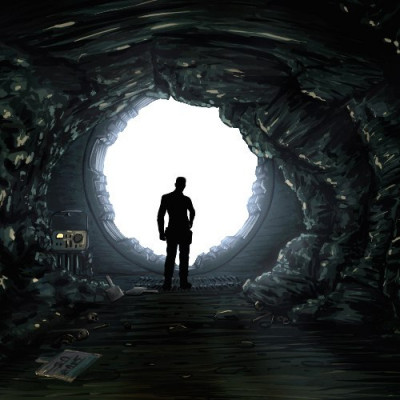 | Sergey Parishkov Thanks for the interesting article and for choosing my photo! |
 | Lourens Durand CREW Thank you, Sergey. |
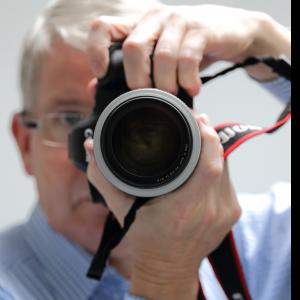 | Wicher Bos CREW Love this Article and your selection of images! Thanks :) |
 | Lourens Durand CREW Thanks Wicher. Much appreciated. |
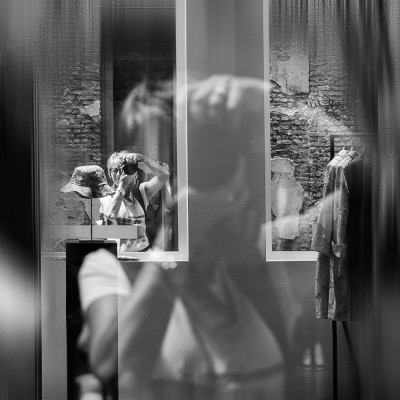 | Ingrid Van Damme Thanks for the article, great selection of images |
 | Lourens Durand CREW Thanks, Ingrid. |
 | Miro Susta CREW Very interesting introduction, we always learn something new, and I must say the photographs selection is superb, great thanks Loren's for nice work, Yvette for editing and my sincerest appreciation to all photo author's for excellent contributors. |
 | Yvette Depaepe CREW That's a great reaction, Miro ;-) |
 | Lourens Durand CREW Thank you, Miro - really appreciate it. |
 | fotomarion PRO Great selection of images and an interesting article ! |
 | Lourens Durand CREW Thank you. |
 | Kimberly CREW Very interesting article Lourens, beautiful images to illustrate the concept. Kim |
 | Lourens Durand CREW Thanks, Kimberly. Much appreciated. |
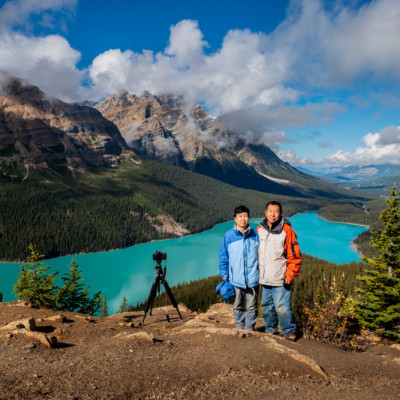 | Wanghan Li PRO Thanks a lot for the article, the selection of the excellent works! Learning! Appreciate the efforts by Lourens and Yvette! |
 | Yvette Depaepe CREW Than; you Wanghan Li !!! |
 | Lourens Durand CREW Thank you, Wanghan Li. |
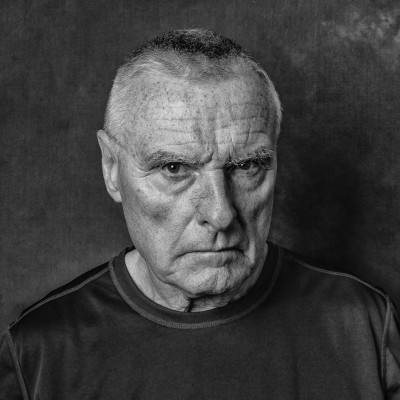 | Daniel Springgay CREW A Starnge mix of Beautiful images so well put together thanks to Laurens and Yvette. |
 | Yvette Depaepe CREW Our pleasure, Daniel ! |
 | Lourens Durand CREW Thank you, Daniel.
|